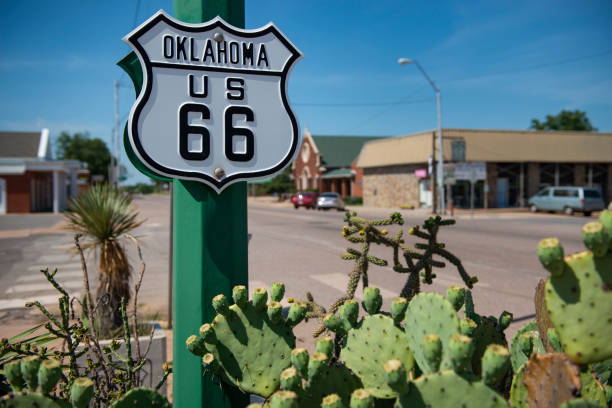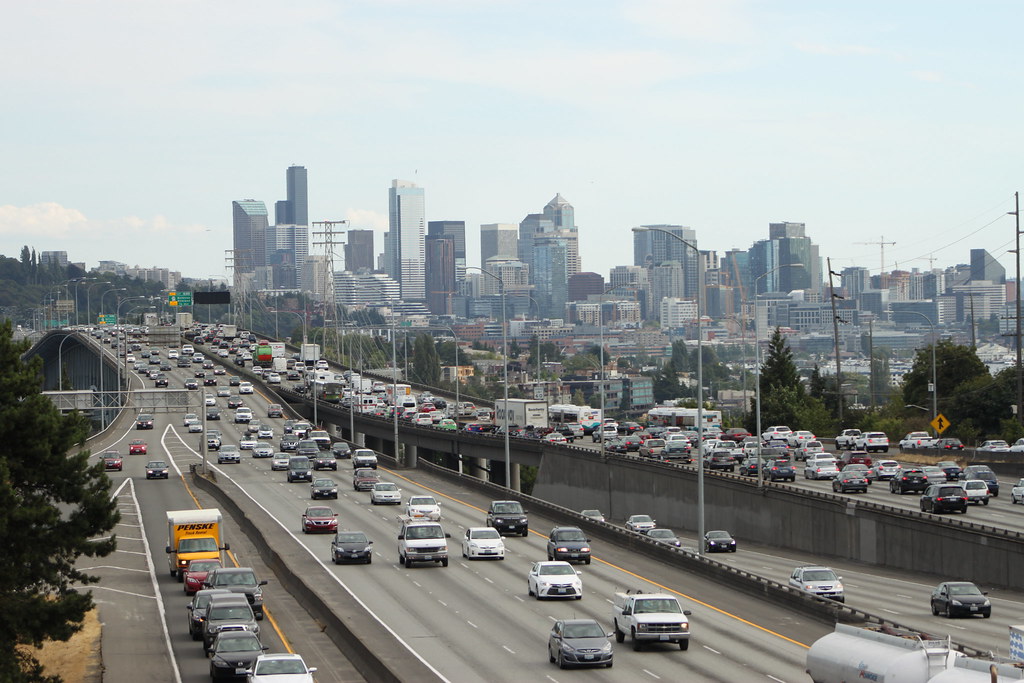Oklahoma DOT introducing new Route 66 pavement markings

The Oklahoma Department of Transportation (ODOT) is offering cities and counties new markers to help guide travelers who want to get their kicks on Route 66.
ODOT is partnering with local governments in producing 21-feet by 8-feet black and white pavement markings along the famous route. Cities and counties that participate will pay for the signs.
The markings should be placed on sections of road with a speed limit of 35 miles per hour or less, according to the DOT.
“These are another visual guide to help motorists know they are on track along one of the most traveled routes in our nation’s history,” said Lt. Gov. Matt Pinnell, said in a news release. “We want those who visit the state’s more than 400 miles of the historic route to feel the connection from city to city and these pavement markings just add to that effort.”
The route first opened in 1926 and state officials are preparing for its centennial celebration in 2026.
Yukon Mayor Shelli Selby praised the new markers.
“People from all over the world come to travel this historic route and to be able to identify it with the pavement markers will increase the draw to this section of our community while promoting all that Route 66 has to offer in our city,” Selby said.
The pavement markings are the latest efforts by the state to lure tourists to the historical highway.
The Oklahoma Transportation Commission approved funding in March to put signage along more than 400 miles the bike route along Route 66, according to Jared Schwennesen, a district manager with the Oklahoma Department of Transportation (ODOT).
The bike route would connect to parts of the U.S. Bike Route 66 already designated in Kansas and Missouri, according to ODOT.
The Oklahoma Route 66 Association also placed new markers along the route in 2021.
“When the Dust Bowl hit in the 1930s, Route 66 provided the safest route west for migrant farmers,” said Rhys Martin, president of the Oklahoma Route 66 Association. “After World War II, the road was the conduit for Oklahomans to see some of our greatest natural monuments like the Grand Canyon. But the biggest impact the road had on Oklahoma specifically was the ease of commercial traffic. Route 66 was typically Main Street in each town it came through, and with that came goods and services. That’s still a role the highway plays today.”
This article was originally posted on Oklahoma DOT introducing new Route 66 pavement markings



